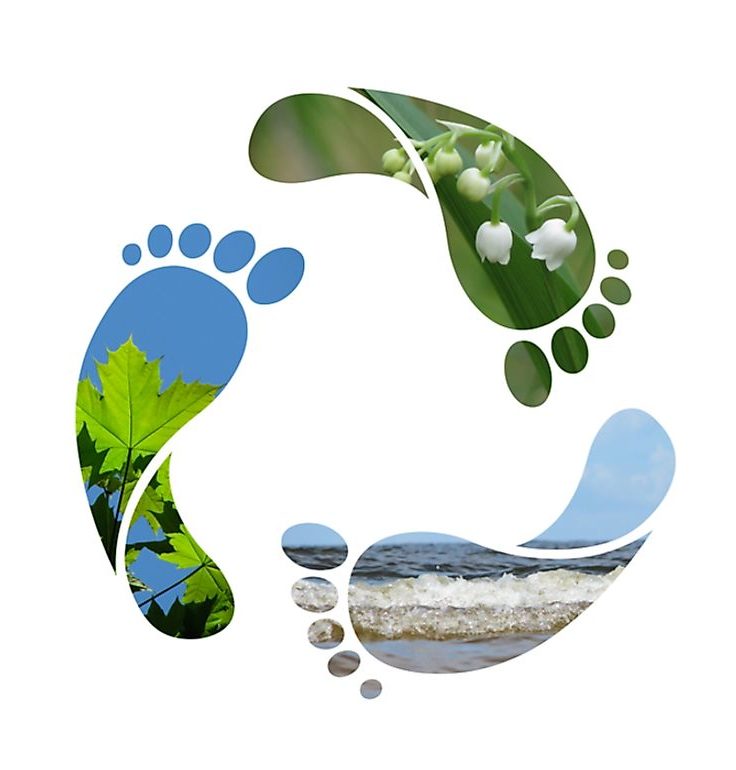Why should I reduce my ecological footprint? What difference can I really make?
Sometimes it can feel like we will make such a little difference in the big scheme of things. But every little thing we do can add up to make a big impact - positive or negative. Everything we do each day has a broader consequence on the earth than we could ever expect.

There are direct impacts, like turning on the faucet, throwing away a plastic water bottle, and turning on your car. These are all things you can witness and have a direct influence over. These are often the tasks that are easiest to recognize and reduce, but there are indirect impacts to everything that we do that we cannot see - such as the water it took to grow the cotton to make your clothes or make your car. Indirect impacts are typically where a large amount of your footprint comes from.
All of our habits influence our water footprint, plastic consumption, and our carbon footprint. While watering your lawn less, avoiding plastic water bottles, and biking more are put into one of the categories above, they are all connected. By reducing one, you are likely reducing another.
Thinking YOU, can’t contribute much of a footprint? Test your theory with these footprint calculators:
Each of these calculators can tell you what impact you are currently having on the environment and what you can change
The average carbon footprint for a person in the United States is 16 tons, one of the highest rates in the world. Globally, the average is closer to 4 tons.
The average water footprint in the US is 2480 m3/cap/yr, while the global average water footprint is 1240 m3/cap/yr.
The average American throws away approximately half of a pound of plastic every day, totalling 185 pounds a year.


There are choices you can make in your everyday life to decrease your personal burden on the environment. We still have the responsibility to hold ourselves accountable for our actions. We can each leave a lighter footprint individually.
Making changes to your lifestyle can be overwhelming and can take time. Slowly add each of these habitats into your everyday routine. You may not be able to do them all, but we can do what we can. The more people that work to decrease their impacts on the environment, the larger the impact. All of us have a choice to be part of the solution or to be part of the problem.

